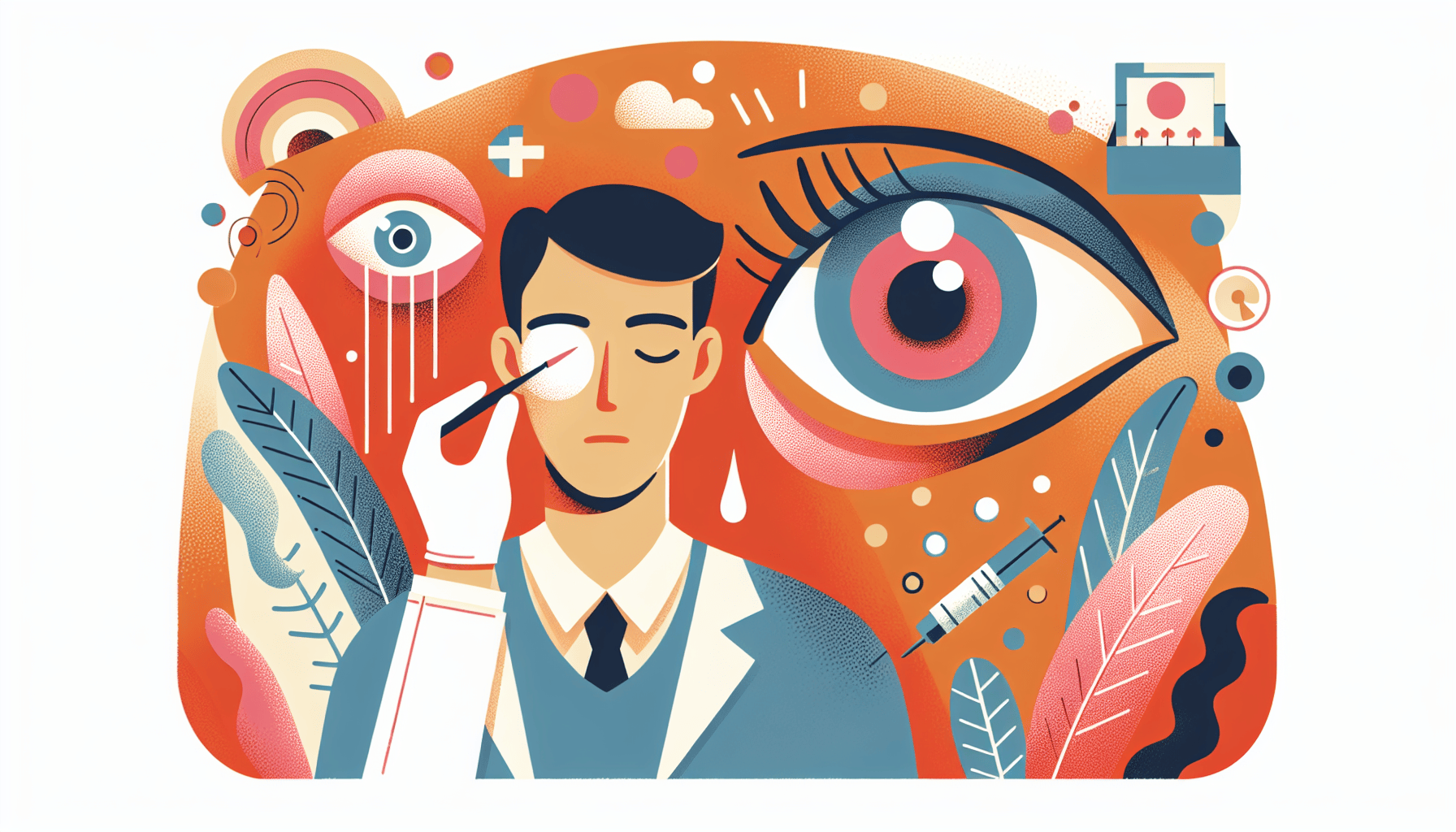Can I Take Zepbound a Day Early?
Key TakeawaysZepbound is a once-weekly injectable medication for weight management and obstructive sleep apnea (OSA) linked to obesity.Taking Zepbound a day early is [...]
Read More
Medically reviewed by Abhijit Bhattacharyya | MD, PhD, MBA, Tufts University School of Medicine - Miami, Florida on September 6th, 2023.
Blepharitis is a common eye condition that causes inflammation of the eyelids, particularly affecting the oil glands. It is the most common cause of dry eyes. If you experience red, itchy, or swollen eyelids, along with other symptoms like a burning sensation or crusty eyelashes, you may be dealing with blepharitis.
Several factors can contribute to the development of blepharitis, including:
Excess bacteria on the eyelids
Blocked oil glands in the eyelids
Hormonal imbalances
Allergies
Viral infections
Skin conditions such as seborrheic dermatitis, rosacea, and eczema
Infestation by tiny mites
The most common symptoms of blepharitis include:
Red, itchy, and swollen eyelids
Scaly appearance at the base of the eyelashes
Feeling of something in the eye
Burning sensation in the eye
Sensitivity to light
Blurred vision
Dry or watery eyes
Crusty eyelashes upon waking

To diagnose blepharitis, your eye doctor will examine your eyelids and eyelashes closely. They may use a magnifying device to inspect the edges of your eyelids and the openings of the oil glands. Additionally, they may check your tear production and take a sample from your eyelids to test for bacterial presence.
While there is no cure for blepharitis, several treatment options can help manage the condition and alleviate symptoms:
Maintaining proper eyelid hygiene is crucial in managing blepharitis. Apply warm compresses to your eyelids for 5 minutes to soften crusts and loosen oily debris. Clean your eyelids gently with a solution of baby shampoo and water, using light pressure to unclog oil glands. Rinse thoroughly and pat dry.
Depending on the underlying cause of your blepharitis, your doctor may prescribe:
Artificial tears to lubricate your eyes
Antibiotic ointments, drops, sprays, or oral medications
Antiviral drugs for viral infections
Tear duct plugs to retain more tears in your eyes
Other medications like glucocorticoids or cyclosporine
Researchers are also exploring new treatments involving pulsed light or heat therapy.
If left untreated, blepharitis can lead to complications such as:
Loss of eyelashes
Excessive tearing
Dry eyes, increasing the risk of corneal infections
Clogged glands that may become infected (stye) or form lumps (chalazion)
Scarring on the eyelids
Corneal inflammation
To reduce the risk of developing blepharitis or prevent recurrences, consider the following tips:
Keep your eyelids clean and practice good eyelid hygiene
Remove all eye makeup before going to bed
Avoid applying eyeliner on the inner edges of your eyelids
Replace eye makeup products regularly to prevent contamination
Temporarily stop using eye makeup if you are in the early stages of treating blepharitis
If you suspect you have blepharitis or experience persistent eye irritation, consult your eye doctor for an accurate diagnosis and appropriate treatment plan. With proper management and self-care, you can effectively control blepharitis and maintain healthy, comfortable eyes.
For more information on blepharitis and eye health, visit:
Key TakeawaysZepbound is a once-weekly injectable medication for weight management and obstructive sleep apnea (OSA) linked to obesity.Taking Zepbound a day early is [...]
Read MoreKey TakeawaysZepbound is an FDA-approved medication for chronic weight management in adults with obesity or overweight, and for moderate to severe obstructive sleep apnea [...]
Read MoreKey TakeawaysZepbound is a once-weekly injectable medication that supports weight loss by activating hormone pathways regulating appetite and digestion.After the first dose, [...]
Read More